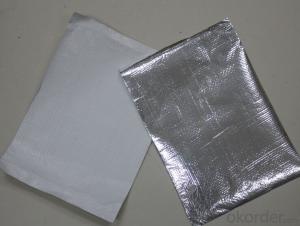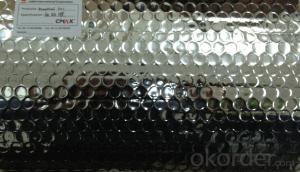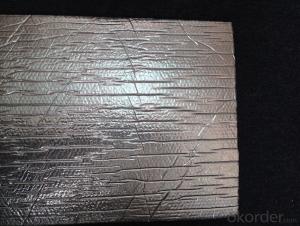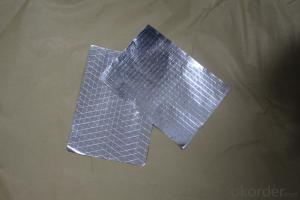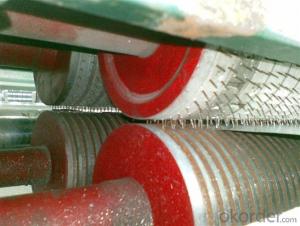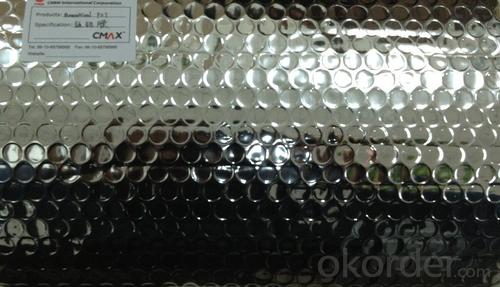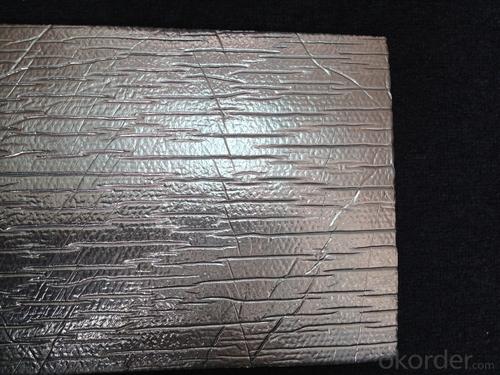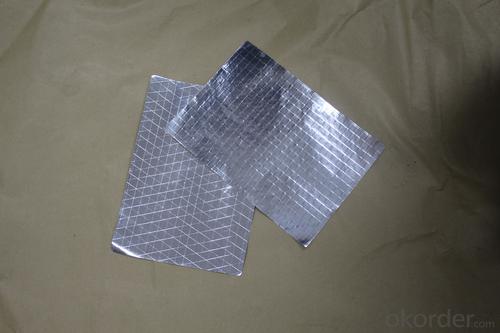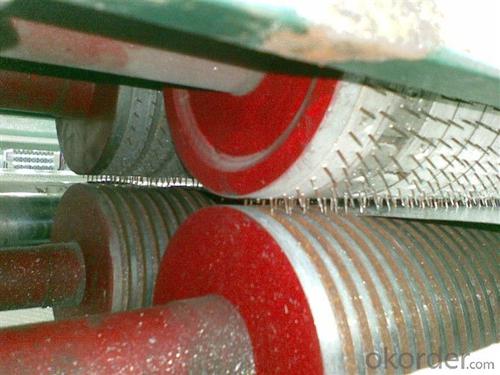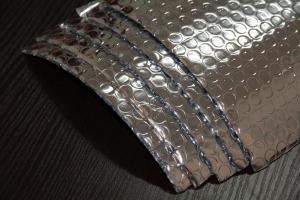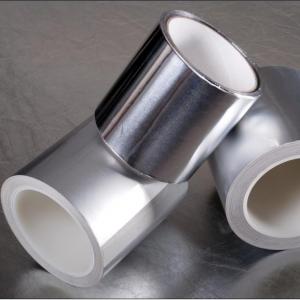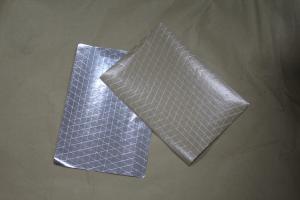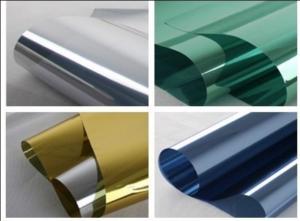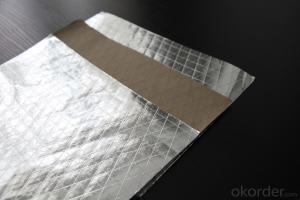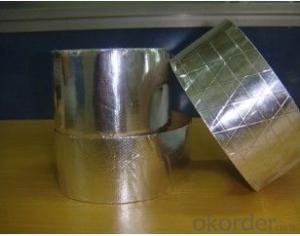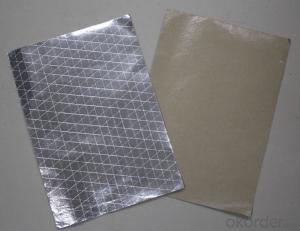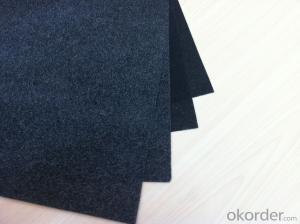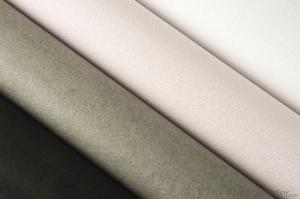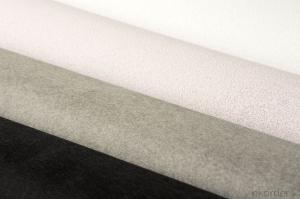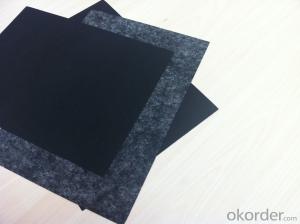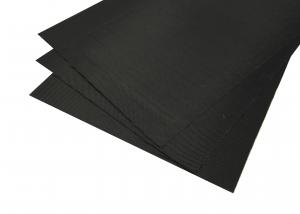Fiberglass Facing Flexible Ducts Bubble Foil Green
- Loading Port:
- China Main Port
- Payment Terms:
- TT OR LC
- Min Order Qty:
- -
- Supply Capability:
- -
OKorder Service Pledge
OKorder Financial Service
You Might Also Like
Application:
1,Building Thermal Insulation Material
(1),Roof,Underlay,Under Concrete & floor Insulation;
(2),Attic,Crawl Space,Stud Wall ,Metal Frame Building Insulation.
2,Wrapping
(1),Protective coatings of ventilating pipe,HVAC Duct & Pipe;
(2),Shells of air conditioner and water heater.
Feature:
1), Waterproof, heavy duty, clean, light, flexible, non-absorbent surface
2), Fire resistant & antiglare
3), Recyclable, environmentally friendly
4), Effective in extreme temperatures both hot and cold
5), Easily install, cut, stapled, nailed or glued into place
6), Safe to handle with no special clothing or breathing Equipment
Feature:
1), Waterproof, heavy duty, clean, light, flexible, non-absorbent surface
2), Fire resistant & antiglare
3), Recyclable, environmentally friendly
4), Effective in extreme temperatures both hot and cold
5), Easily install, cut, stapled, nailed or glued into place
6), Safe to handle with no special clothing or breathing Equipment
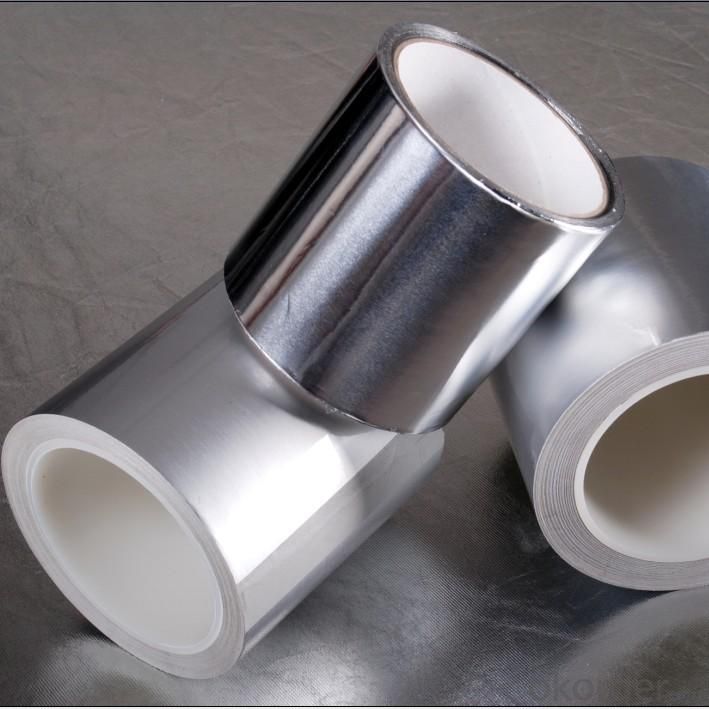
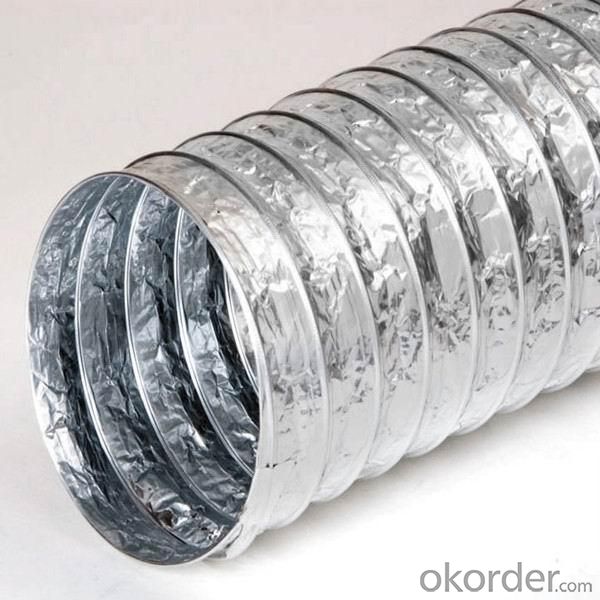
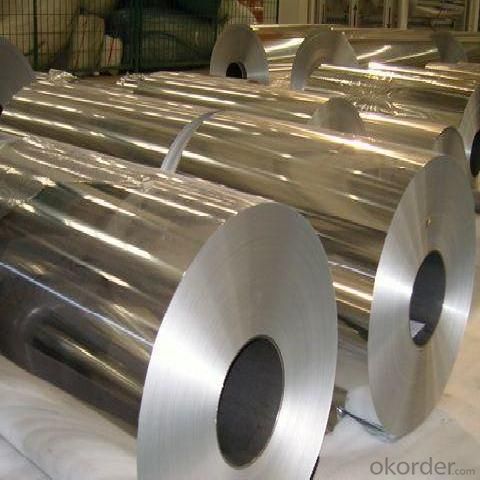
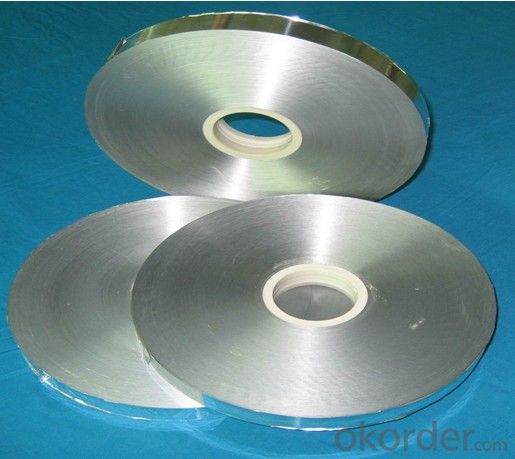
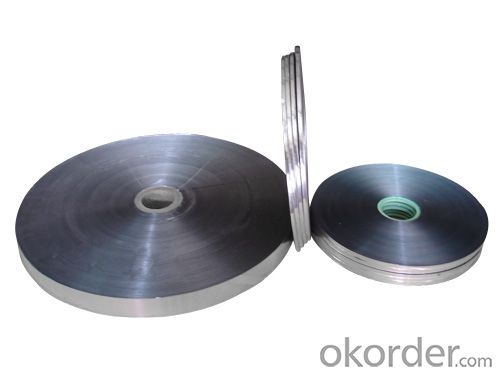
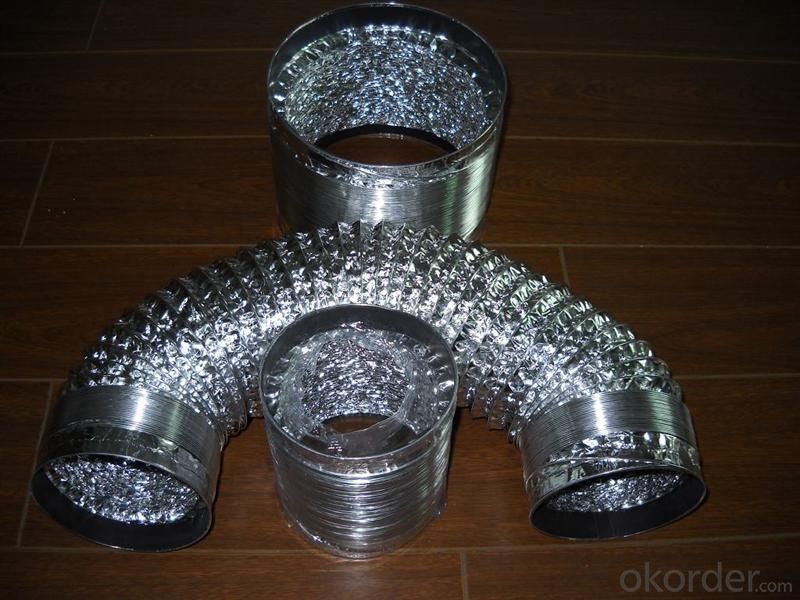
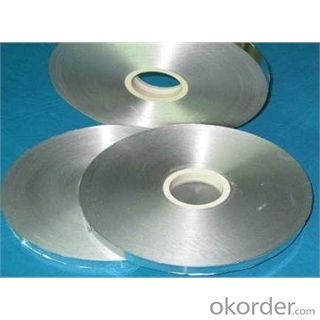
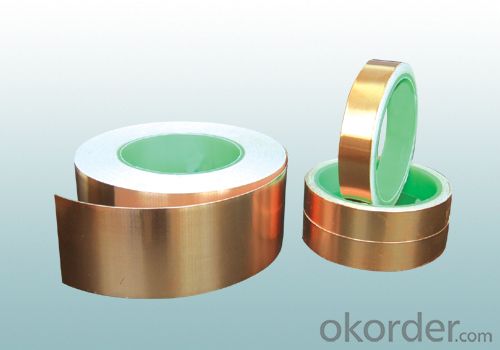
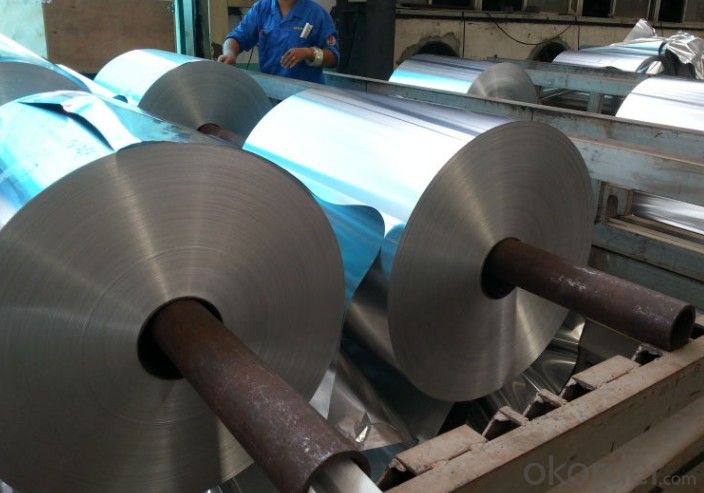
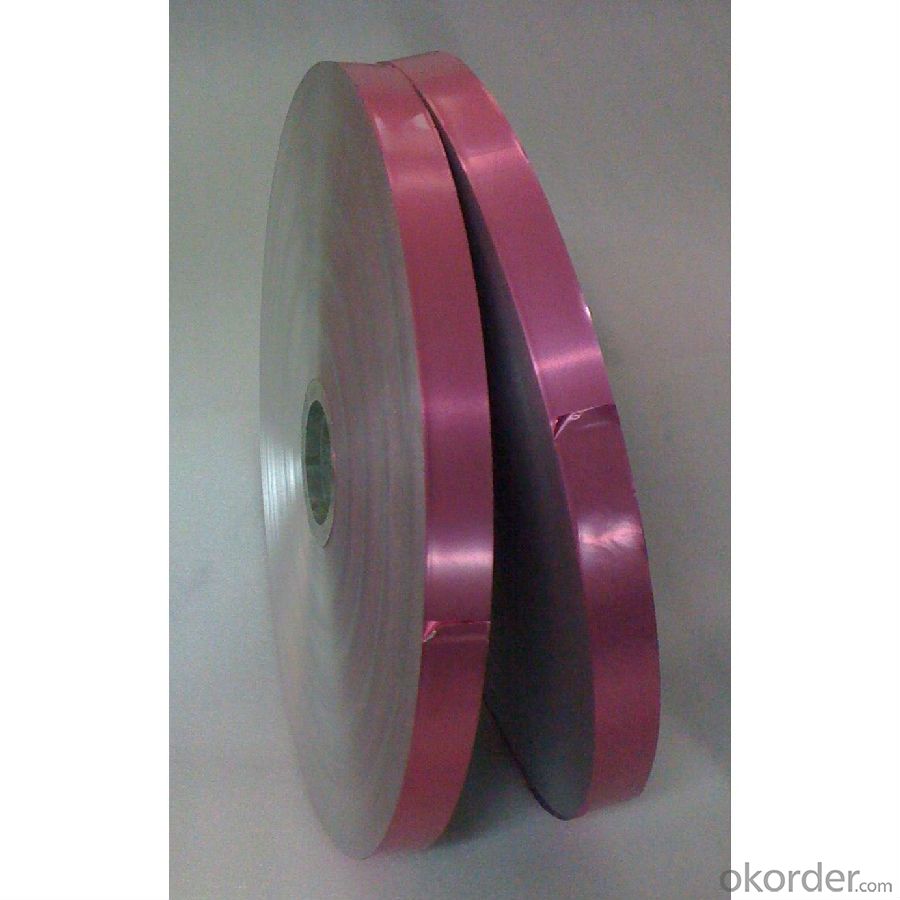
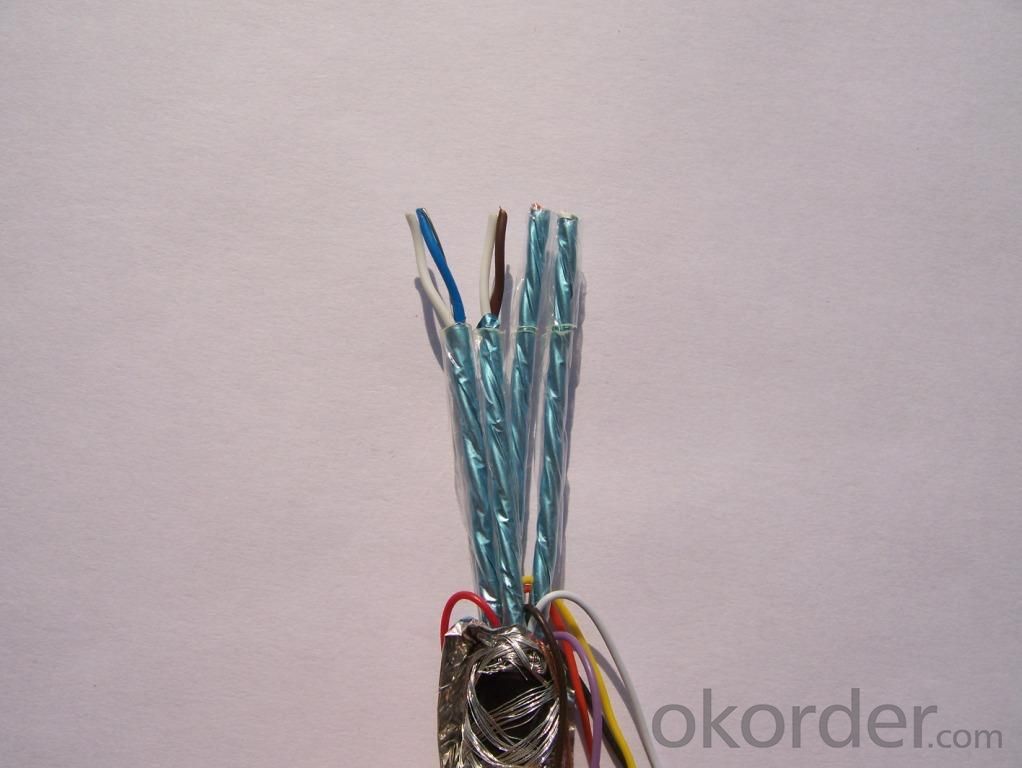
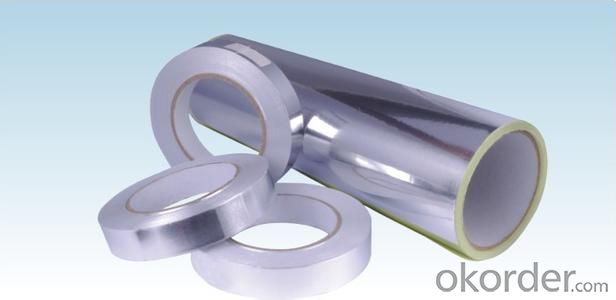
- Q: This question asks for a comparison of the benefits and drawbacks of utilizing black glass fiber in construction projects.
- <p>Black glass fiber offers several advantages in construction, such as high strength and durability, making it ideal for reinforcement. It is also resistant to corrosion and has excellent electrical insulation properties. Additionally, it is lightweight, which can reduce the overall weight of structures. However, it has some disadvantages, including its brittleness, which can lead to breakage under certain conditions. Black glass fiber can also be harmful to health if inhaled, necessitating proper handling and safety measures. Moreover, it is not as flexible as some other materials, which may limit its use in certain applications.</p>
- Q: What distinguishes black fiberglass tissue from standard fiberglass tissue in terms of color, properties, and applications?
- <p>Black fiberglass tissue is a type of fiberglass material that has been treated to give it a black color, often through the addition of pigments or dyes. This coloration can enhance its aesthetic appeal in certain applications. It offers similar properties to regular fiberglass tissue, such as strength, durability, and heat resistance, but may have slightly different thermal properties due to the pigmentation. Regular fiberglass tissue is typically white or off-white and is used in a wide range of applications, including insulation, construction, and automotive parts. The choice between black and regular fiberglass tissue often depends on the specific requirements of the project, such as visual appearance, thermal efficiency, and cost.</p>
- Q: This question asks for a comparison between black fiberglass tissue and other types of nonwoven fabrics, highlighting their differences.
- <p>Black fiberglass tissue is a type of nonwoven fabric made from black glass fibers, known for its high strength, heat resistance, and chemical stability. It's commonly used in construction, automotive, and aerospace industries. In contrast, other nonwoven fabrics can be made from various materials like polyester, polypropylene, or natural fibers, and they vary in properties. For instance, they may offer different levels of absorbency, breathability, and biodegradability. While black fiberglass tissue excels in durability and heat resistance, other nonwovens might be chosen for their softness, cost-effectiveness, or environmental friendliness.</p>
- Q: Are there any black fiberglass tissues specifically formulated for individuals with sensitive skin?
- <p>Yes, there are specific types of black fiberglass tissues designed for sensitive skin. These products are often made with gentler materials and are hypoallergenic to minimize irritation. They may also be fragrance-free and dermatologically tested to ensure they are suitable for those with sensitive skin. It's important to look for products that are labeled as suitable for sensitive skin when choosing black fiberglass tissues.</p>
- Q: Is fiberglass facing fire-resistant?
- Yes, fiberglass is fire-resistant. It is made of glass fibers that do not burn and are therefore able to withstand high temperatures without igniting.
- Q: Roof waterproof general use of what materials
- One, asphalt 1. Oil asphalt paper linoleum: three felt four oil or two carpets three oil stack construction. 2. Glass fiber cloth asphalt linoleum, glass fiber felt asphalt felt: cold asphalt binder or hot asphalt binder paste construction.
- Q: Is it possible to utilize black fiberglass tissue in the manufacturing of toys or games?
- <p>Yes, black fiberglass tissue can be used for making toys or games, but it's important to consider the material's properties and potential health risks. Fiberglass is a composite material that is strong, lightweight, and resistant to corrosion, making it suitable for certain types of toys or games that require durability. However, it's crucial to ensure that the fiberglass is properly treated and finished to avoid exposure to glass fibers, which can be harmful if inhaled or come into contact with skin. Additionally, it's essential to comply with safety regulations and consider the target audience for the toys or games, as fiberglass may not be appropriate for children's products due to these health concerns.</p>
- Q: Is it possible to recycle black fiberglass tissue without utilizing any special tools or techniques?
- <p>Recycling black fiberglass tissue without special equipment or methods is challenging. Fiberglass, especially when colored, can be difficult to recycle due to the presence of resins and pigments that complicate the recycling process. Traditional methods often involve shredding and separation, which require specific machinery. Moreover, the black color can make it less desirable for recycling as it's harder to incorporate into new products. While some recycling facilities may accept fiberglass, it's essential to check with local recycling centers for their specific guidelines and capabilities.</p>
- Q: Is it possible to use black fiberglass tissue to clean oil stains?
- <p>Yes, black fiberglass tissue can be used for wiping oil stains. It is a non-conductive material that can effectively absorb and remove oil. However, it's important to use it with caution as the rough texture of fiberglass can potentially scratch surfaces. Additionally, it's recommended to wear protective gloves while using fiberglass tissue to avoid skin irritation. Always check the manufacturer's guidelines for the specific product to ensure it's suitable for the task at hand.</p>
- Q: Is it possible to substitute traditional home insulation materials with black fiberglass tissue?
- <p>Yes, black fiberglass tissue can be used as an alternative to traditional insulation materials in your home. It provides thermal insulation, which helps in reducing heat transfer and can improve energy efficiency. However, it's important to consider the specific properties of black fiberglass, such as its resistance to heat and its impact on indoor air quality. It's also crucial to ensure that it is installed correctly to achieve optimal performance. Always consult with a professional to determine if black fiberglass is the best choice for your insulation needs and to follow safety guidelines during installation.</p>
Send your message to us
Fiberglass Facing Flexible Ducts Bubble Foil Green
- Loading Port:
- China Main Port
- Payment Terms:
- TT OR LC
- Min Order Qty:
- -
- Supply Capability:
- -
OKorder Service Pledge
OKorder Financial Service
Similar products
Hot products
Hot Searches
Related keywords
